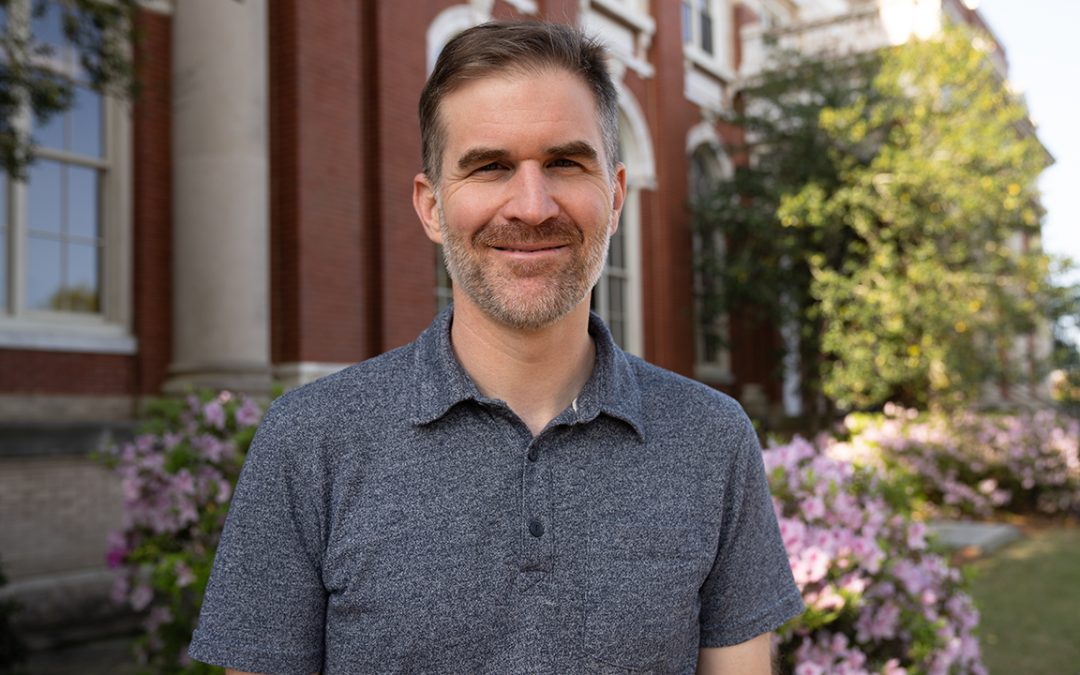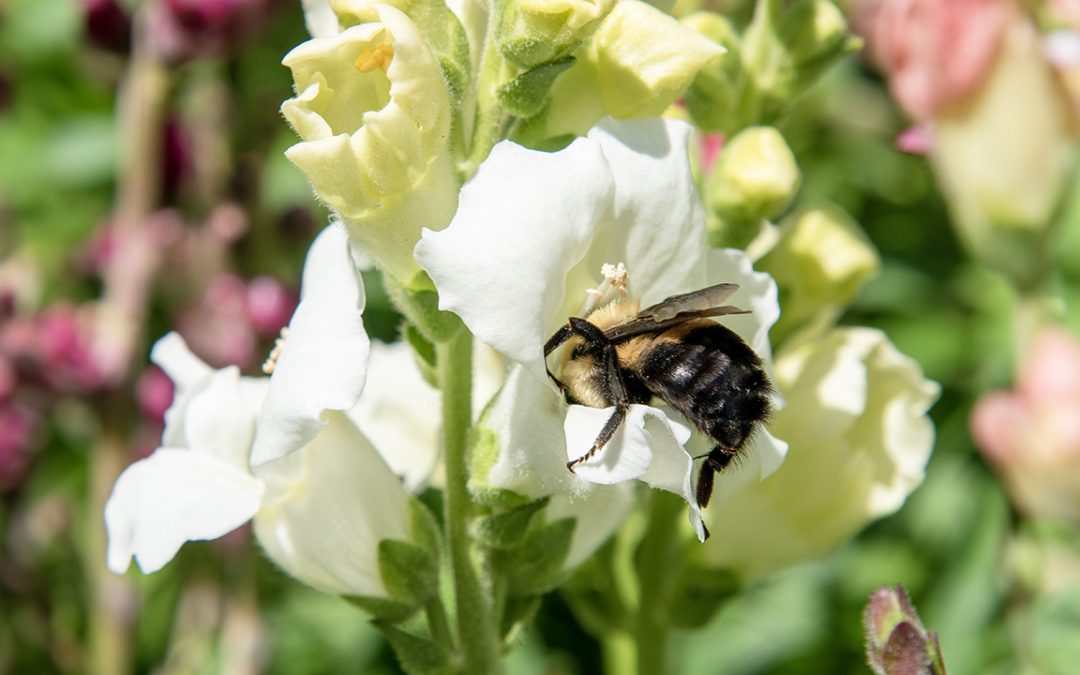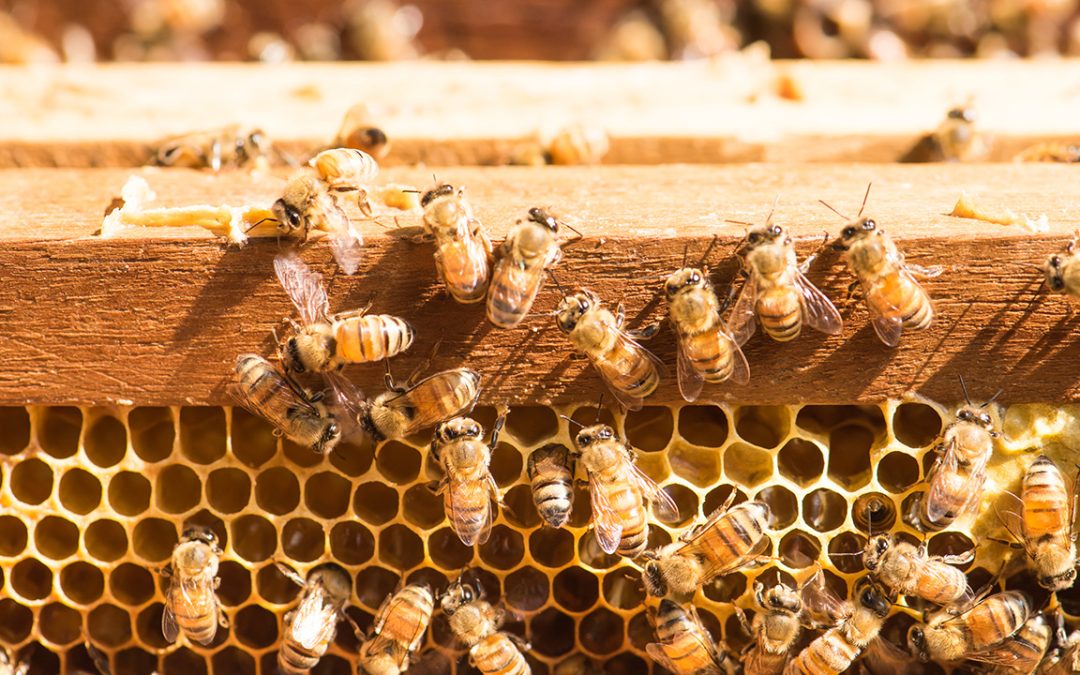Scientists investigating what makes bedbugs tick
by JAMIE CREAMER
The first thing that Zach DeVries does when he opens the door to a new hotel room is to put his luggage in the bathtub.
“I’m not being paranoid,” DeVries says. “I’m being cautious.”
It is a caution borne of insight that DeVries has acquired over the past couple of years as an Auburn University master’s-level entomology graduate student whose research is aimed at discovering basic biological information to add to the relatively shallow body of scientific knowledge about bedbugs.
So there is method to his madness: He puts his bags in the tub so that, if his subsequent examination of the bed and everything around it reveals the tell-tale signs of bedbugs—mainly fecal and blood stains in the seams and crevices of mattresses—he can grab that luggage and scram.
“All it takes is one female bedbug that has been mated getting into your luggage and going home with you, and you could have a real problem,” DeVries says, noting that the insects can lay as many as 500 eggs in their lifetimes.
Working under the guidance of Department of Entomology and Plant Pathology head and professor Art Appel, DeVries is studying bedbug metabolism—specifically, how the tiny pests’ metabolic rates are affected by feeding and starvation and what is at play metabolically that enables bedbugs to survive a year or longer without feeding.
Bedbugs are a global pest and for centuries have plagued people physically, psychologically and financially, but the insects seemed to disappear in the U.S. in the early 1950s, a situation likely attributable to the use of DDT. So it was that many Baby Boomers and Gen Xers grew up thinking that the bedbugs of bedtime-rhyme fame were more or less imaginary.
As bedbug populations dwindled, so did the scientific community’s interest in studying and searching for control strategies of the parasitic pests. Thus, when the insects returned with a vengeance in the late 1990s and early 2000s, the most recent research was four decades old and light-years removed from today’s technology.
“Some of the research today is on different insecticides to try to control bedbugs because they quickly build up resistance, but the overall goal of our research is first to better understand these cryptic pests,” DeVries says.
In their project, DeVries and Appel are using closed-system respirometry to measure bedbug metabolism. Specifically, they are measuring oxygen consumption and carbon dioxide production for individual bed bugs and have measured the metabolic rates of immature bedbugs as they progress through their five developmental stages and of adults for more than 800 hours after feeding. Their findings thus far indicate that the insects’ metabolic rate slows significantly during starvation.
“When they have a constant food supply”—a bedbug feeds, on average, about once a week—“their metabolism is at a rate that allows them to grow and reproduce at an optimal level,” DeVries says. “If they miss feeding, in the first few days after that, their metabolism basically plateaus, but then they enter energy conservation mode. The metabolism drops noticeably. We believe it’s their way of conserving energy in an effort to survive for as long as possible, until food becomes available again.”
The Auburn scientists are also studying the effects of temperature on bedbug metabolism
“We believe this information will be helpful in control methods, although the benefits won’t necessarily be realized right away,” DeVries says. “After we complete the study, we won’t have the cure for bedbugs, but the findings will help us better understand bedbugs and therefore be better able to control and manage them down the road.”
Though bedbug infestations currently are most severe in major tourist cities, the pests are a growing problem in the South. To help Alabamians become more familiar with and alert to bedbugs, DeVries, Appel and Auburn entomology professor Xing Ping Hu have written a highly informative publication about the pests titled “Battling Bed Bugs: Know the Enemy.” To find the report online, go to www.aces.edu and search for ANR-1464.




